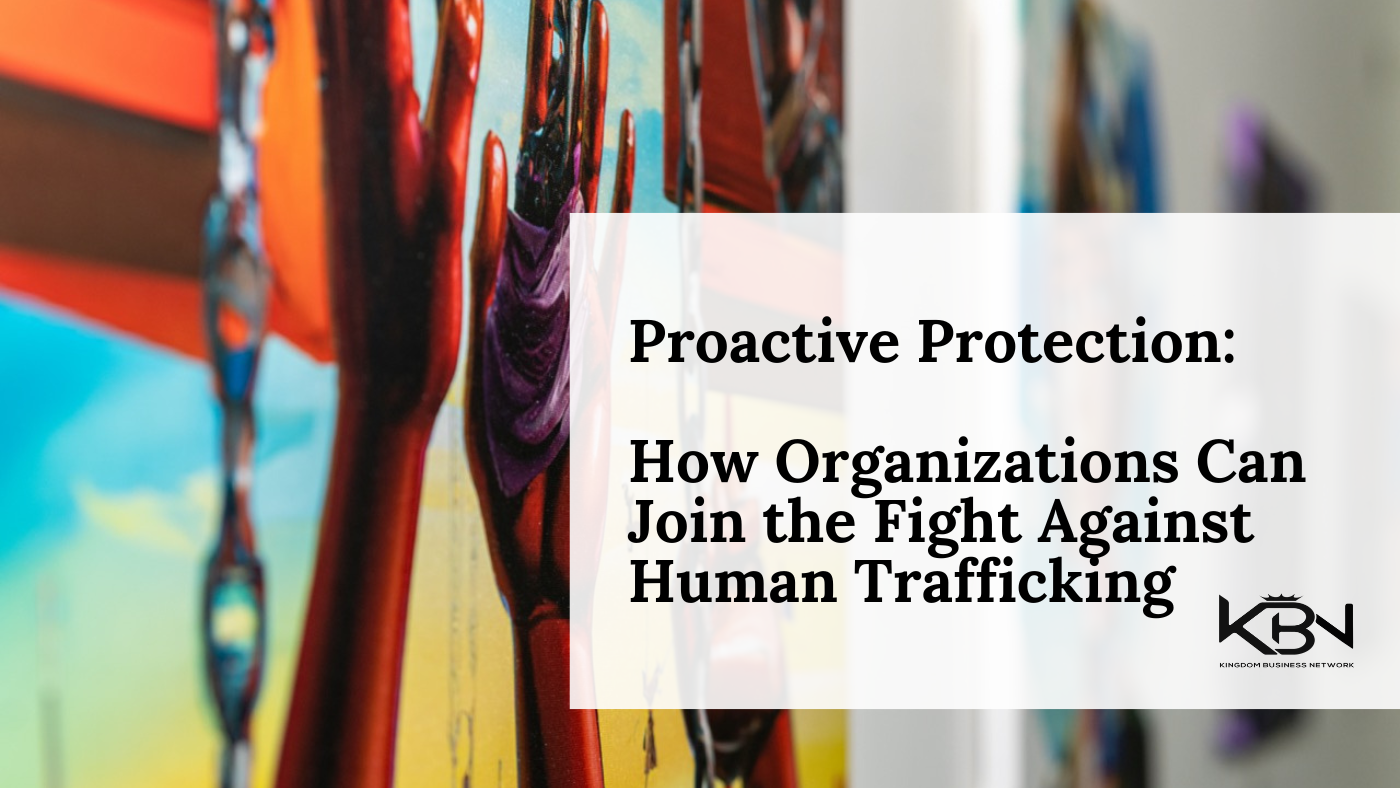Human trafficking is a grave issue affecting communities across the country. Organizations in all sectors have an opportunity to join the fight against trafficking by implementing targeted initiatives tailored to their sphere of influence. By assessing risks, developing strong policies, training staff, forging community partnerships, and utilizing trauma-informed reporting practices, entities can build their capacity to combat trafficking proactively.
The first step is an honest evaluation of potential trafficking vulnerabilities within the organization and improvement areas. What policies or practices could enable trafficking without the organization’s knowledge? Are certain staff more likely to notice trafficking indicators based on their roles? Identifying gaps and weak spots allows strategically strengthening of policies and procedures.
Comprehensive anti-trafficking policies should address prevention, identification, reporting, and response. Detailed prevention guidelines can proactively reduce risks. Protocols for recognizing signs of trafficking empower staff to act as an early warning system. Internal reporting procedures enable fast, appropriate escalation up the chain of command. Response plans focused on trauma-informed practices avoid further harm to potential victims during interventions.
Ongoing staff education is essential for the successful implementation of anti-trafficking initiatives. Employees across all departments require training on warning signs, reporting procedures, and trauma-informed responses. Equipping staff to take action at the ground level allows for swifter identification of trafficking cases and victim support.
Partnerships with qualified local nonprofits, social services, law enforcement, and government agencies amplify impact through collaboration. Developing a referral network enables support for potential victims beyond the scope of what an organization can directly provide. It also fosters the sharing of intelligence and resources to combat trafficking from multiple angles.
When reporting potential trafficking cases, organizations must proceed with the utmost caution to avoid re-traumatizing victims. A trauma-informed, victim-centered approach provides emotional safety and empowers victims with choice and control. By minimizing further trauma, entities can help victims access support and justice as they rebuild their lives.
With vigilance and proactive efforts, organizations of all types can maximize their strength and reach to counter human trafficking. Though the task is immense, every entity implementing thoughtful anti-trafficking initiatives contributes to the shared goal of eliminating exploitation.




